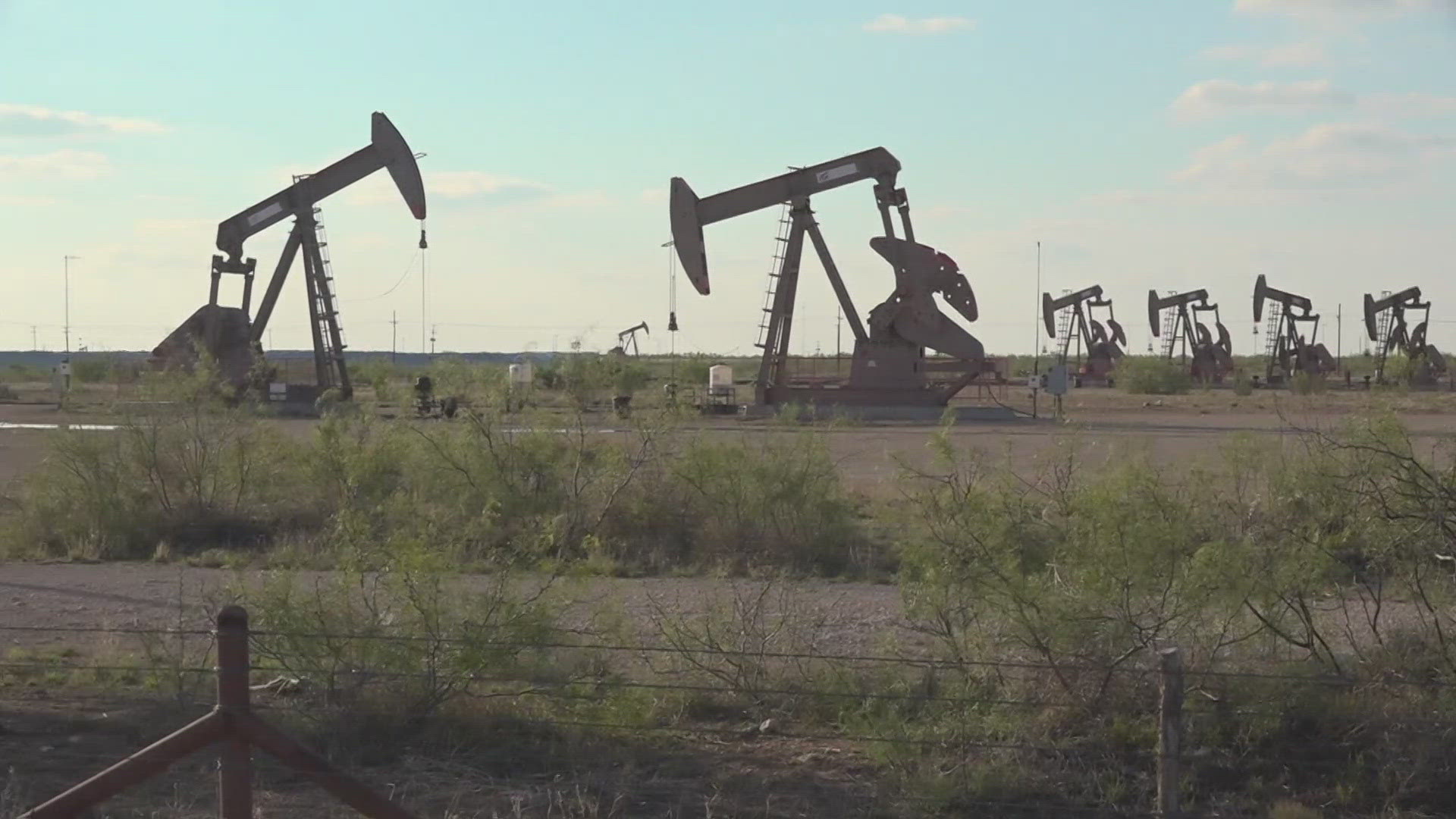CARLSBAD, N.M. — Carlsbad Caverns National Park in New Mexico is facing increasing levels of summertime ozone pollution.
A recent study, published in the Journal of Geophysical Research Atmospheres, points to the Permian Basin's oil and natural gas activities as a significant contributor.
The study revealed that eight-hour ozone concentrations at Carlsbad Caverns frequently exceed the EPA's health standard of 70 parts per billion. That means the air quality in the park is often below safe levels, potentially posing health risks to visitors and the surrounding environment.
During the summer, the park often sits downwind from the Permian Basin, where oil and gas production has surged immensely in the last decade. The researchers found that emissions from drilling and natural gas flaring are major drivers of these high ozone levels.
According to Andrey Marsavin, a PhD candidate at Colorado State University, ozone pollution poses serious health risks, including asthma and respiratory issues, and can damage crops and ecosystems.
Ozone forms when emissions from activities such as energy production, motor vehicles and industrial sites react in the atmosphere. Despite federal laws reducing nitrogen dioxides and volatile organic compounds, some areas in the western United States have seen little improvement due to wildfires and increased oil and gas activities.
In the summer of 2019, air pollution measurements at Carlsbad Caverns identified nitrogen oxide emissions from high-temperature combustion as the primary culprit. These pollutants were traced back to the Permian Basin, with contributions from other upwind regions on certain days.
Professor Jeffrey Collett of CSU stressed the importance of implementing emission control measures in all oil and gas production areas near national parks.
The researchers are working with the National Park Service on air quality projects and plan to use satellite observations in future studies. Potential solutions include using electrified, grid-powered drill rigs to reduce emissions.
In light of these findings, it is essential to prioritize the protection of national park ecosystems, like Carlsbad Caverns. As development in the Permian Basin continues, the best method moving forward is proactive measures and collaborative efforts.

